The Gutai Art Movement
Gutai: A Radical Rebirth of Art from Japan
In tandem with our re-OpenLab ‘Architextures’ music series hosted by Francesca, here we look at a revolutionary and avant-garde art collective, which was founded in Japan in 1954, just a decade after the devastation of World War II – the Gutai Movement. At a time when Japan was rebuilding itself both physically and culturally, it sought to break away from the constraints of traditional Japanese art and respond to the global surge of contemporary art movements.
Founded by Jirō Yoshihara and a group of young artists, the movement aimed to push beyond conventional art forms and redefine the relationship between the artist, materials, and audience. Gutai, meaning “concreteness,” encapsulated the movement’s core philosophy: the idea that art should engage with the material world in direct, physical and experimental ways.
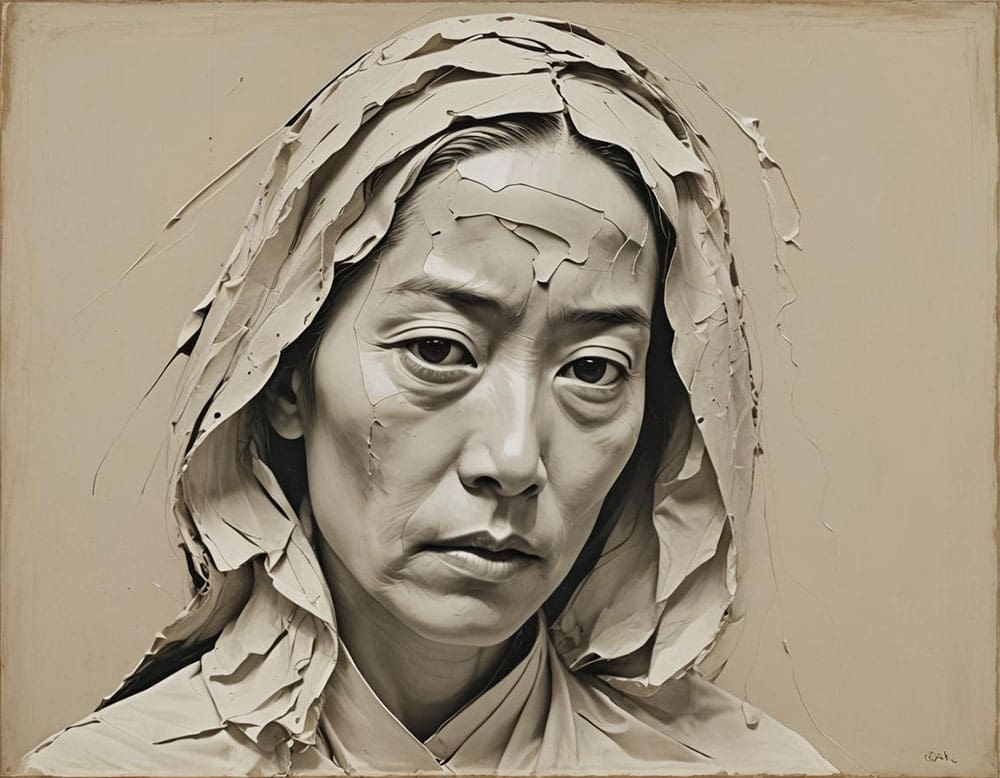
All of our content is free to access. An independent magazine nonetheless requires investment, so if you take value from this article or any others, please consider sharing, subscribing to our mailing list or donating if you can. Your support is always gratefully received and will never be forgotten. To buy us a metaphorical coffee or two, please click this link.
Table of Contents
*All book images suggest books that offer in-depth insights into the history, design philosophy, and impact of Feminist Art and all book images Open a New tab to our Bookshop.
**If you buy books linked to our site, we get 10% commission from Bookshop.org, whose fees support independent bookshops.
Transcending Static Boundaries
In their manifesto, published in 1956, Yoshihara stated that the movement’s goal was to “pursue the possibilities of pure and creative activity with great energy.” Gutai artists sought to transcend the static boundaries of painting, sculpture, and performance, engaging with the materiality of art in an unprecedented manner.
Their work was often spontaneous, interactive, and performative, drawing on principles of destruction and transformation. Gutai’s emphasis on the process of creation, rather than the final product, resonated with international movements such as Abstract Expressionism and Fluxus, but with a uniquely Japanese sensibility rooted in post-war recovery and cultural renewal.
Historical Context: Post-War Japan and the Birth of Gutai
The Gutai movement was born in the context of post-war Japan, a time when the country was grappling with the aftermath of the atomic bombings and a collective sense of trauma. This environment shaped the outlook of Gutai artists, who sought to explore new ways of expressing creativity amidst a climate of recovery and reinvention. Founder Jirō Yoshihara, who had been active in pre-war modernist circles, was a key figure in shaping the movement. He encouraged the artists to reject imitation and strive for originality, advocating for “art that has never been done before.”
Playfulness and Irreverence
In contrast to the solemnity of the post-war experience, Gutai artists often infused their works with a sense of playfulness and irreverence. They embraced the use of unconventional materials, from mud to industrial paint to smoke, in an attempt to create art that reflected the dynamism of the modern world. Their performances and interactive installations broke down the barriers between the artist and the audience, allowing the public to become part of the creative process. This focus on experimentation and materiality was a direct response to the destruction and rebuilding of post-war Japan, with art serving as a space for both catharsis and innovation.
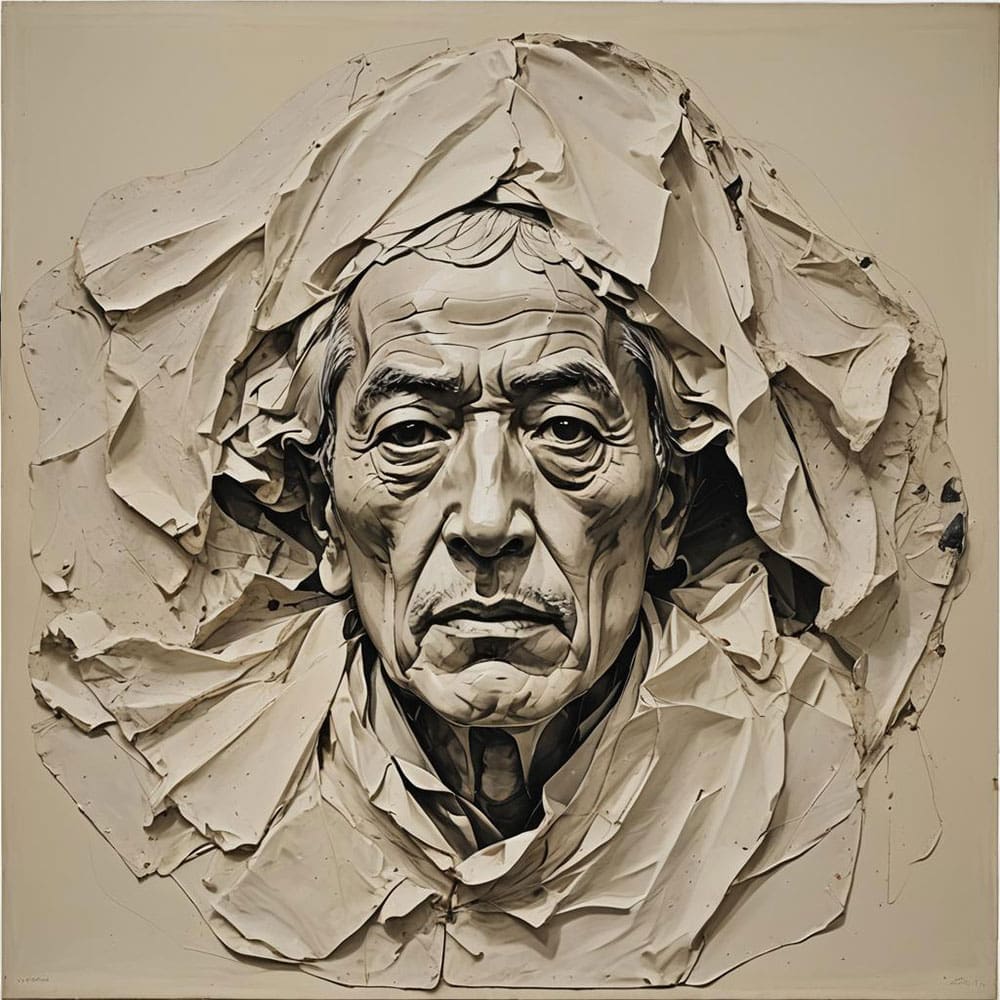
Kazuo Shiraga and the Art of Action Painting
Kazuo Shiraga was one of the most prominent members of the Gutai movement, known for his radical approach to action painting. Shiraga famously used his body as a tool for painting, applying paint to canvases with his feet while suspended from a rope. This method emphasized the physicality and immediacy of art-making, transforming the act of painting into a performative, bodily experience. His most iconic work, Challenging Mud (1955), involved the artist wrestling with a pile of mud in a physical struggle to shape and manipulate the material. The result was not a traditional art object, but rather a performance that embodied the Gutai ethos of engaging with raw materials in an unmediated, visceral way.
“Gutai art does not alter matter, but brings it to life.”
Jirō Yoshihara
A Dynamic Process of Action and Reaction
Shiraga’s work challenged the notion of painting as a static, representational medium, transforming it into a dynamic process of action and reaction. His paintings, created through forceful movements, bear the physical traces of his body, offering a visual record of the artist’s performative engagement with the canvas. Shiraga’s practice resonated with the international avant-garde, drawing comparisons to the gestural abstraction of artists like Jackson Pollock. However, Shiraga’s emphasis on physical engagement and material transformation set him apart, positioning his work within the broader context of Gutai’s commitment to pushing the boundaries of art-making.
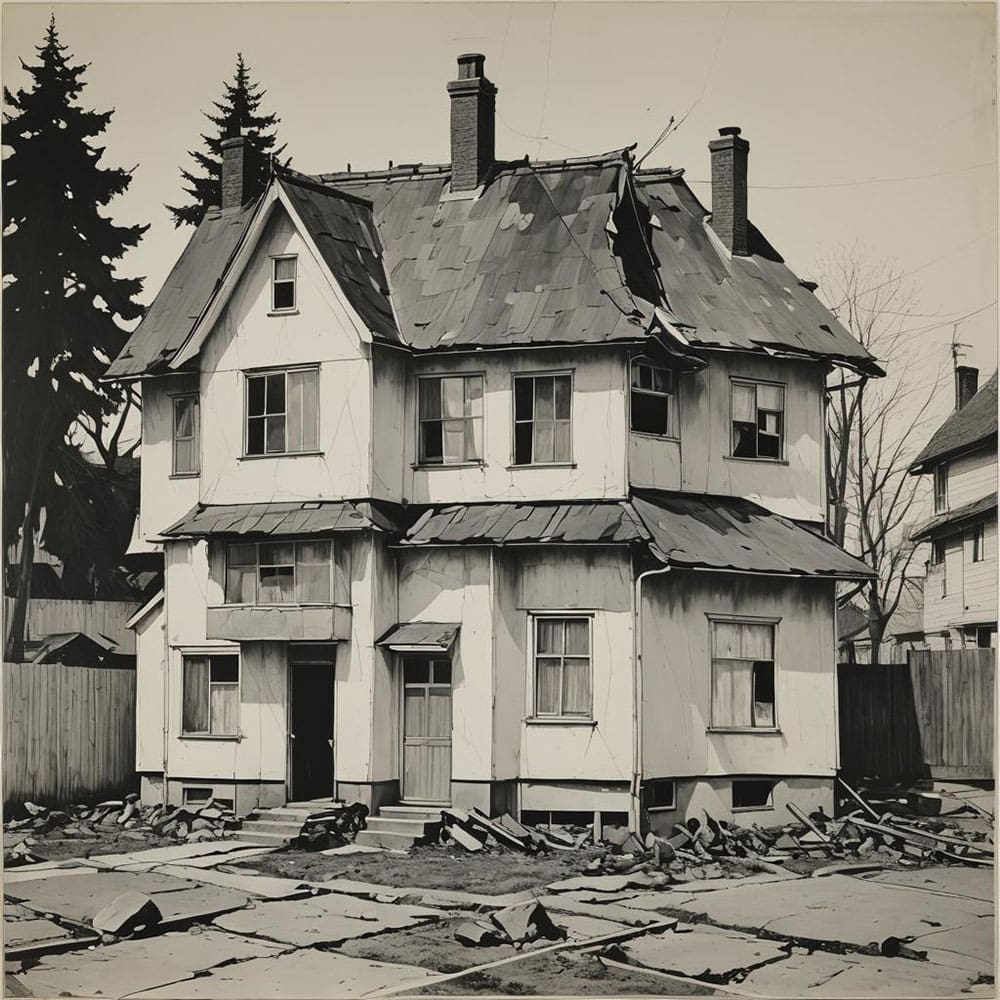
Saburo Murakami and the Destruction of the Canvas
Saburo Murakami, another key member of the Gutai movement, is best known for his performative work Passing Through (1956), in which he dramatically burst through multiple layers of paper stretched across wooden frames. This action was performed live, with Murakami’s body violently breaking through the paper, symbolizing the destruction of traditional artistic boundaries. The work exemplifies Gutai’s emphasis on process, action, and destruction as a means of creating art. For Murakami, the act of tearing through the paper was just as important – if not more so – than the resulting object. By engaging in this act of destruction, Murakami challenged the notion of the canvas as a sacred, untouchable surface and redefined it as a site of action and engagement.
The Relationship Between the Artist and the Medium
Murakami’s work can be seen as a critique of the passivity traditionally associated with painting. By physically breaking through the canvas, he brought attention to the act of creation as a moment of rupture and transformation. His performances also engaged the audience directly, as they were able to witness the artist’s struggle and the immediate consequences of his actions. Murakami’s work resonates with Gutai’s broader exploration of materiality, impermanence, and the relationship between the artist and the medium. The destruction of the canvas was not an end, but a new beginning – an opportunity to explore what lay beyond traditional artistic conventions.
“Gutai art seeks to make invisible forces visible.”
Kazuo Shiraga
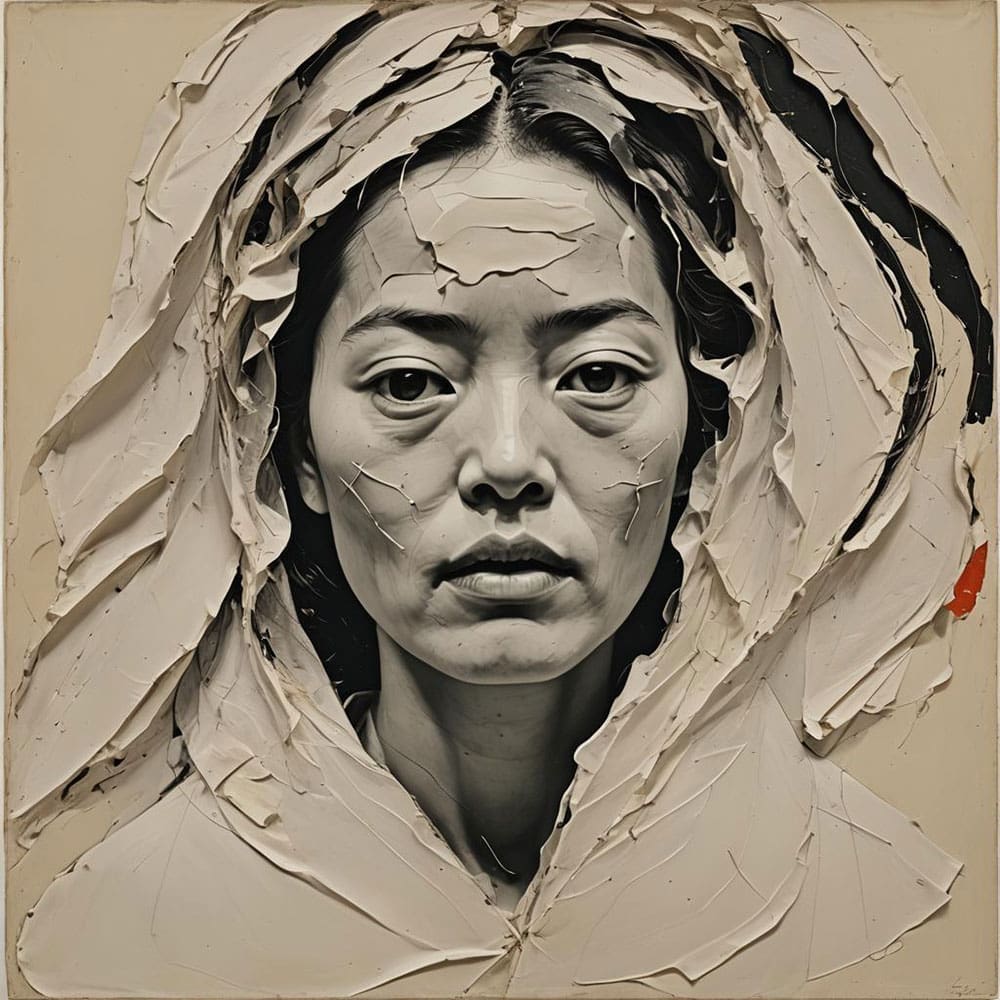
Atsuko Tanaka and Electric Dress
Atsuko Tanaka’s Electric Dress (1956) is one of the most iconic and visually arresting works to come out of the Gutai movement. The piece consisted of a wearable garment made from hundreds of colour light bulbs and electrical wires, which Tanaka would wear during performances. When worn, the dress would light up, transforming the artist’s body into a pulsating, kinetic sculpture. Electric Dress was both a celebration of modern technology and a commentary on the tensions between the human body and the mechanized world. The dress enveloped the artist in a cocoon of electric energy, symbolizing the increasingly mediated relationship between humans and machines in the post-war era.
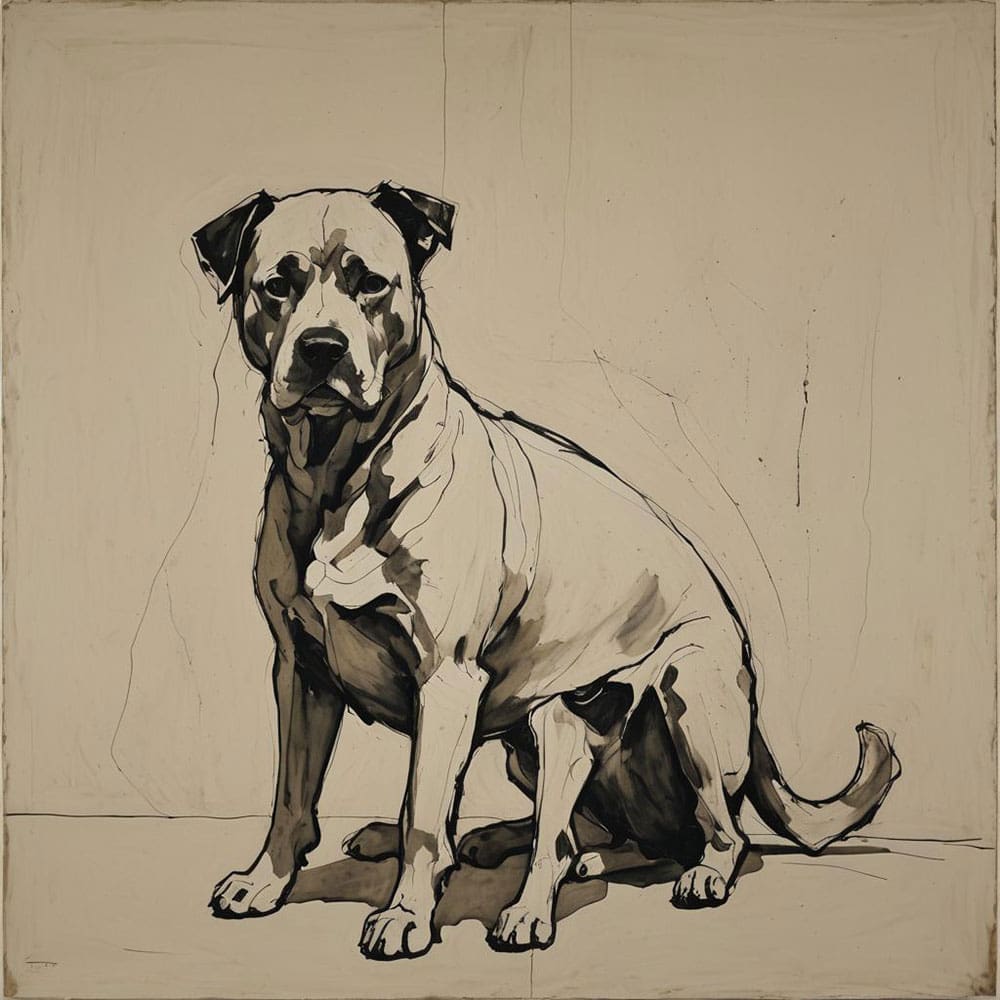
The Human Body at the Center of the Work
Tanaka’s work was ground-breaking not only for its use of industrial materials and technology but also for its exploration of the body as both subject and object in art. Electric Dress blurred the boundaries between sculpture, performance, and fashion, positioning the human body at the center of the work. The piece also reflected Gutai’s fascination with light, movement, and transformation, as well as its emphasis on pushing art beyond traditional forms and media. Tanaka’s use of electricity and industrial materials echoed the movement’s desire to engage with the modern world and reflect the rapidly changing technological landscape of post-war Japan.
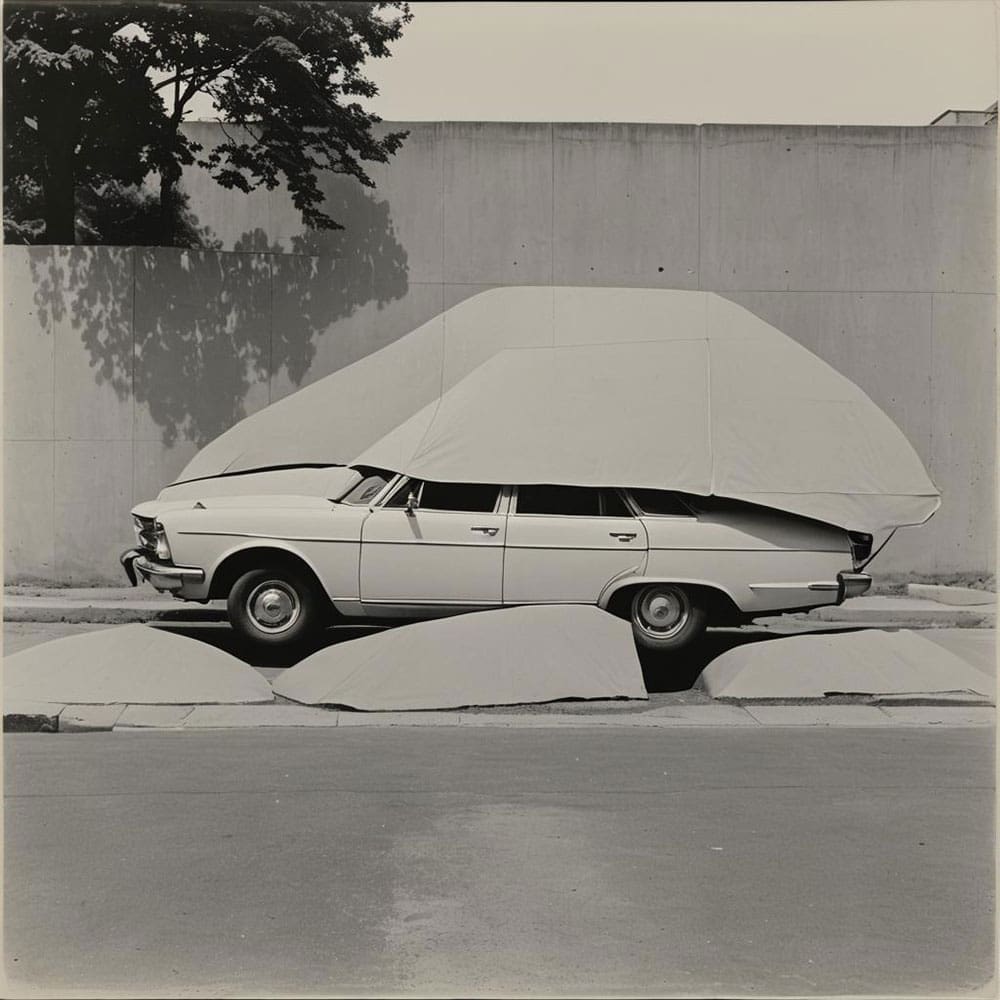
Gutai’s Influence and Legacy
The Gutai movement had a profound impact on both Japanese and international art. Although the group disbanded in 1972 following Yoshihara’s death, its influence can be seen in later avant-garde movements such as performance art, installation art, and conceptual art. Gutai’s emphasis on process, materiality, and the body as a site of artistic experimentation has resonated with contemporary artists and movements that continue to challenge the conventions of art-making. The movement’s legacy has been increasingly recognized in recent decades, with major retrospectives at institutions such as the Guggenheim Museum in New York and the National Art Center in Tokyo.
In today’s art world, Gutai is viewed as a ground-breaking movement that anticipated many of the developments in contemporary art, particularly the shift away from object-based art to more experiential and performative practices. The group’s commitment to innovation, originality, and material experimentation remains a source of inspiration for artists working across a range of media. As the boundaries of art continue to expand in the 21st century, Gutai’s radical spirit of exploration and engagement with the material world is more relevant than ever.
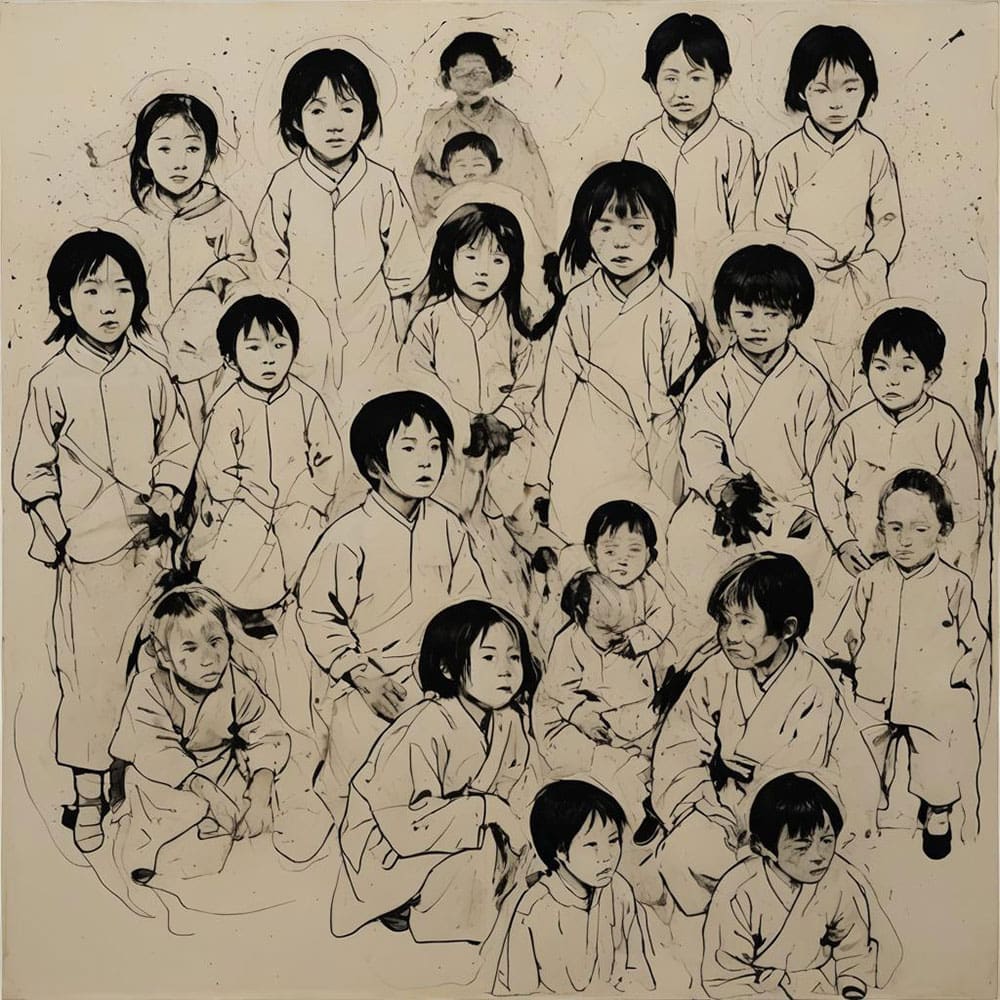
The Potential of Art to Engage with the World
The Gutai movement represents a pivotal moment in the history of modern art, not only in Japan but globally. By challenging the traditional boundaries of painting, sculpture, and performance, Gutai artists opened up new possibilities for creative expression. Their work, rooted in the materiality of the world and the physicality of the artist, continues to inspire artists today.
As the art world moves further into the digital and conceptual realms, the Gutai movement’s emphasis on the material and the experiential offers a powerful reminder of the potential of art to engage with the world in concrete, transformative ways. Gutai’s legacy will continue to shape the future of art, reminding us that the most radical forms of creativity often come from breaking the rules and embracing the unknown.
“I wanted to give form to the invisible energy that exists within and around us.”
Atsuko Tanaka


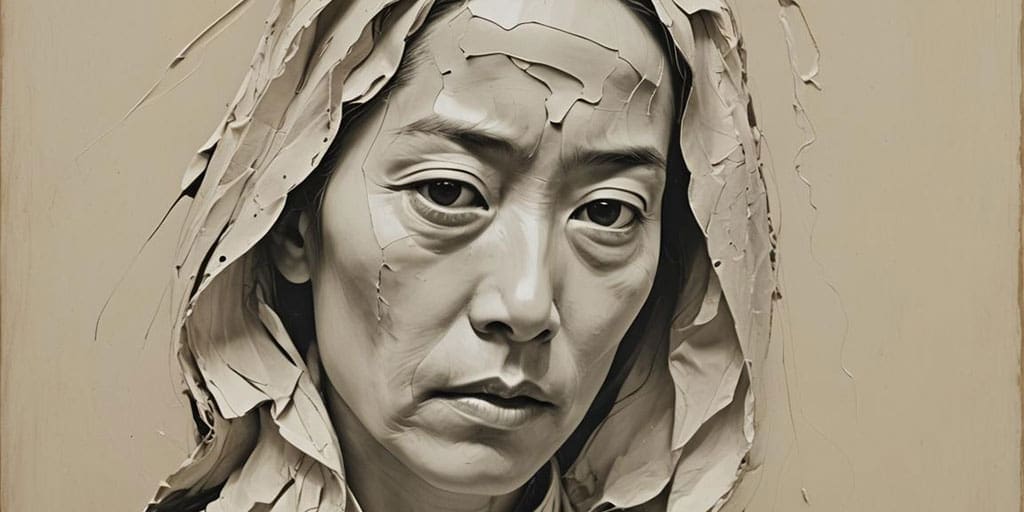
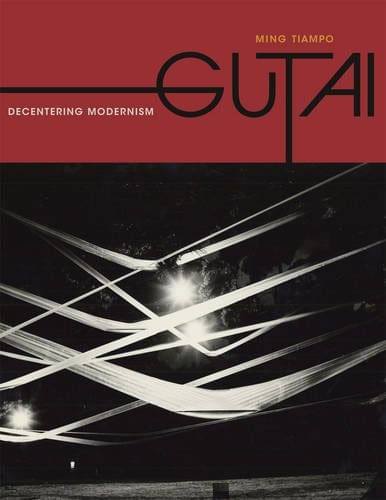
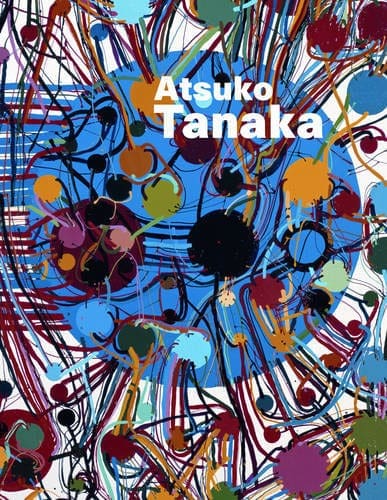
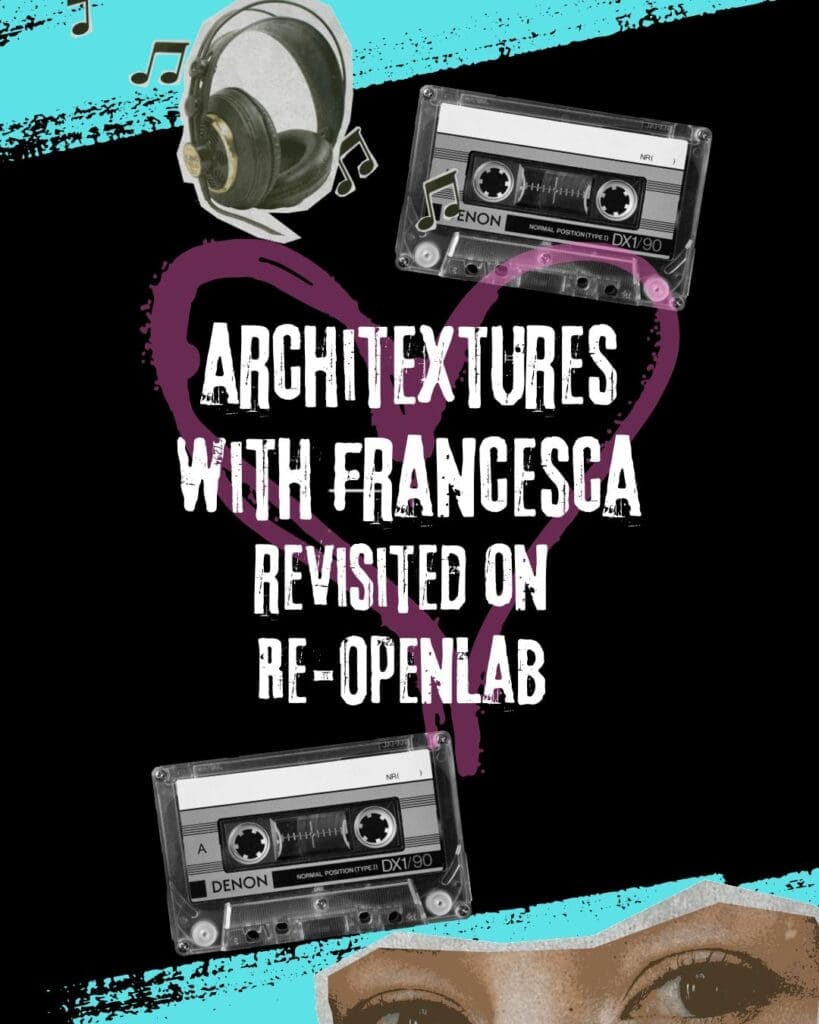
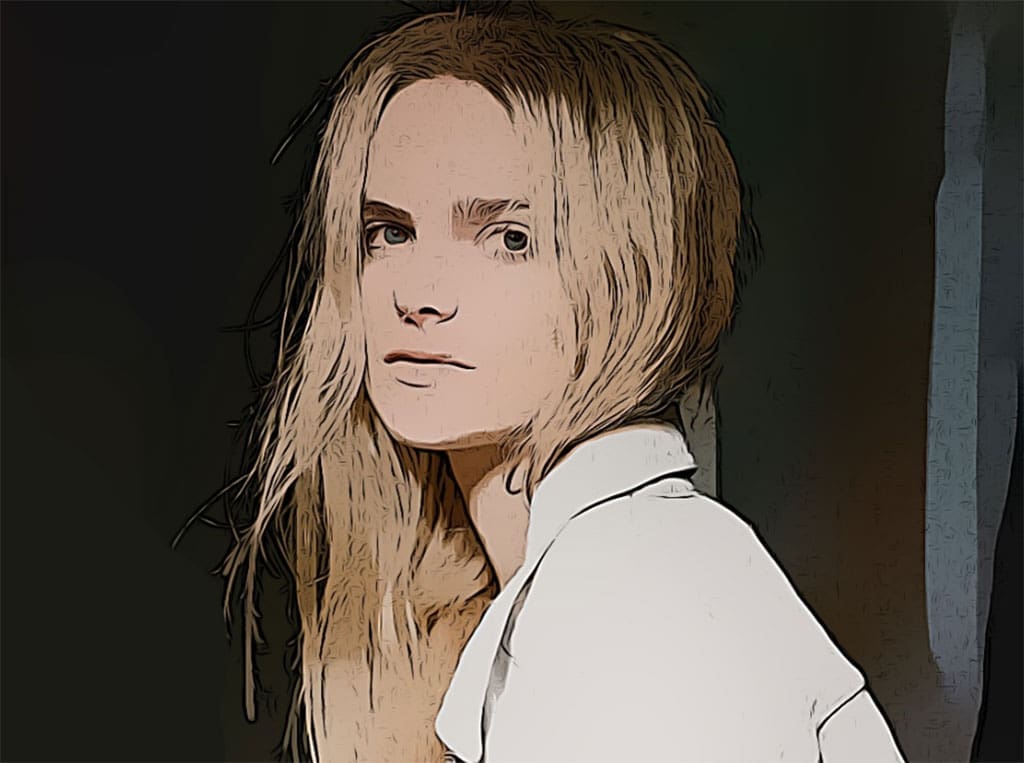

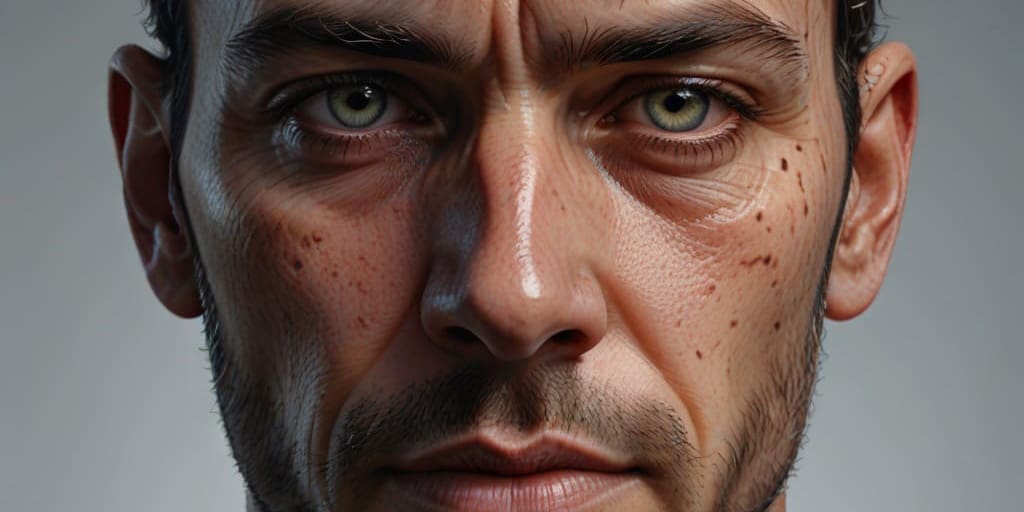
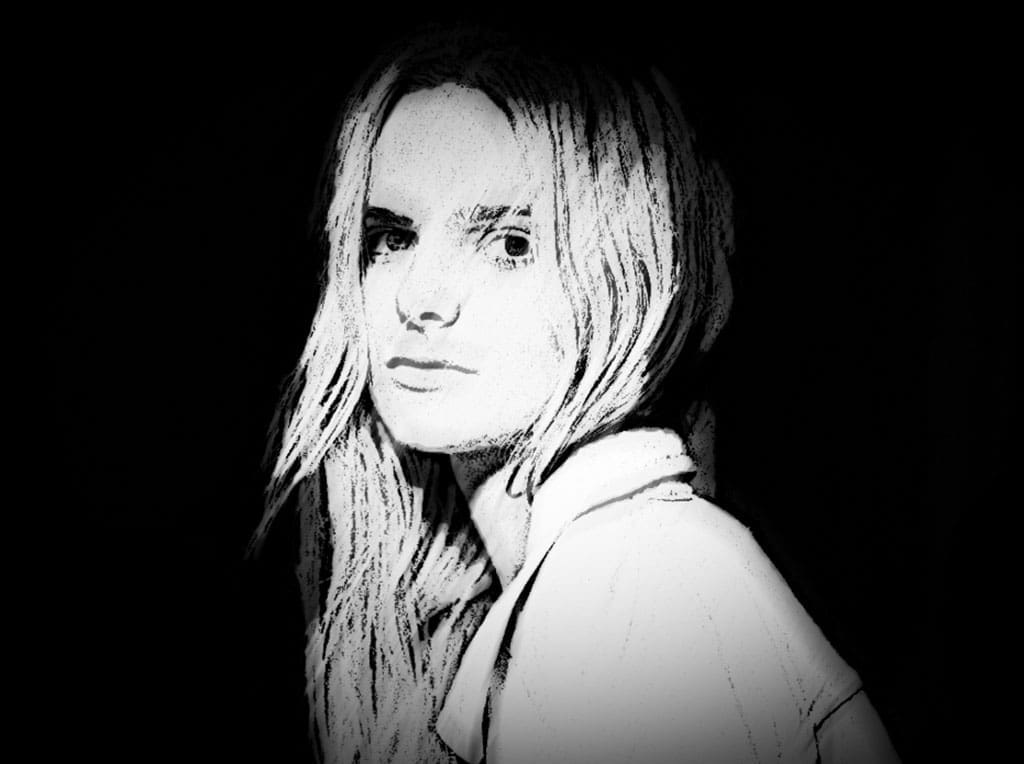
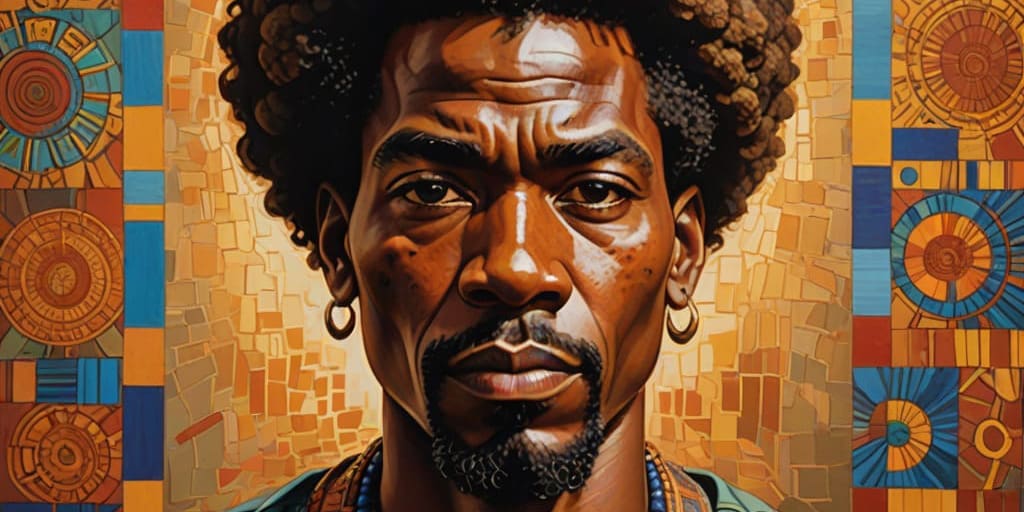


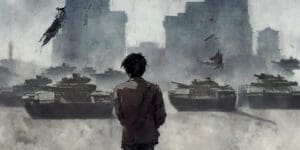
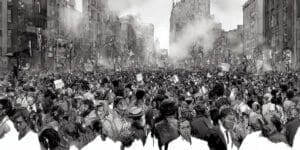
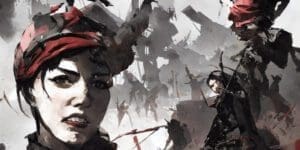
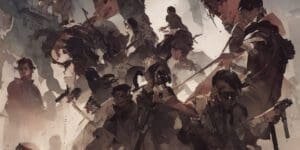
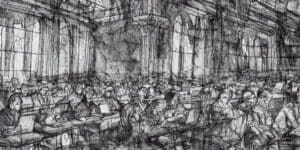
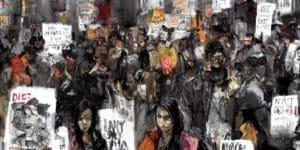
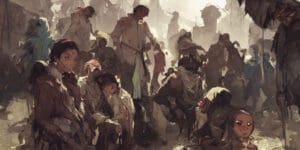
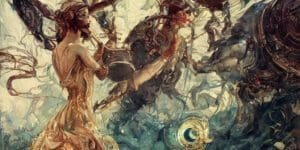

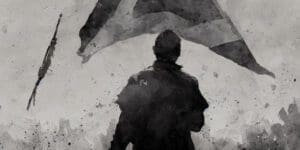
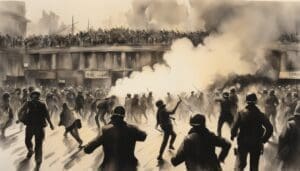
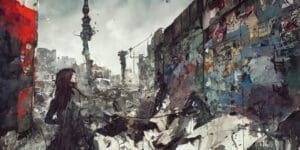

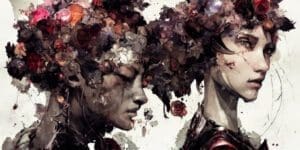


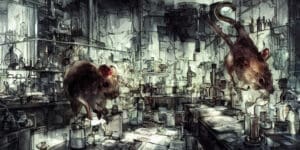

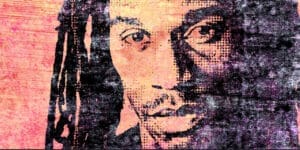

Leave a Comment